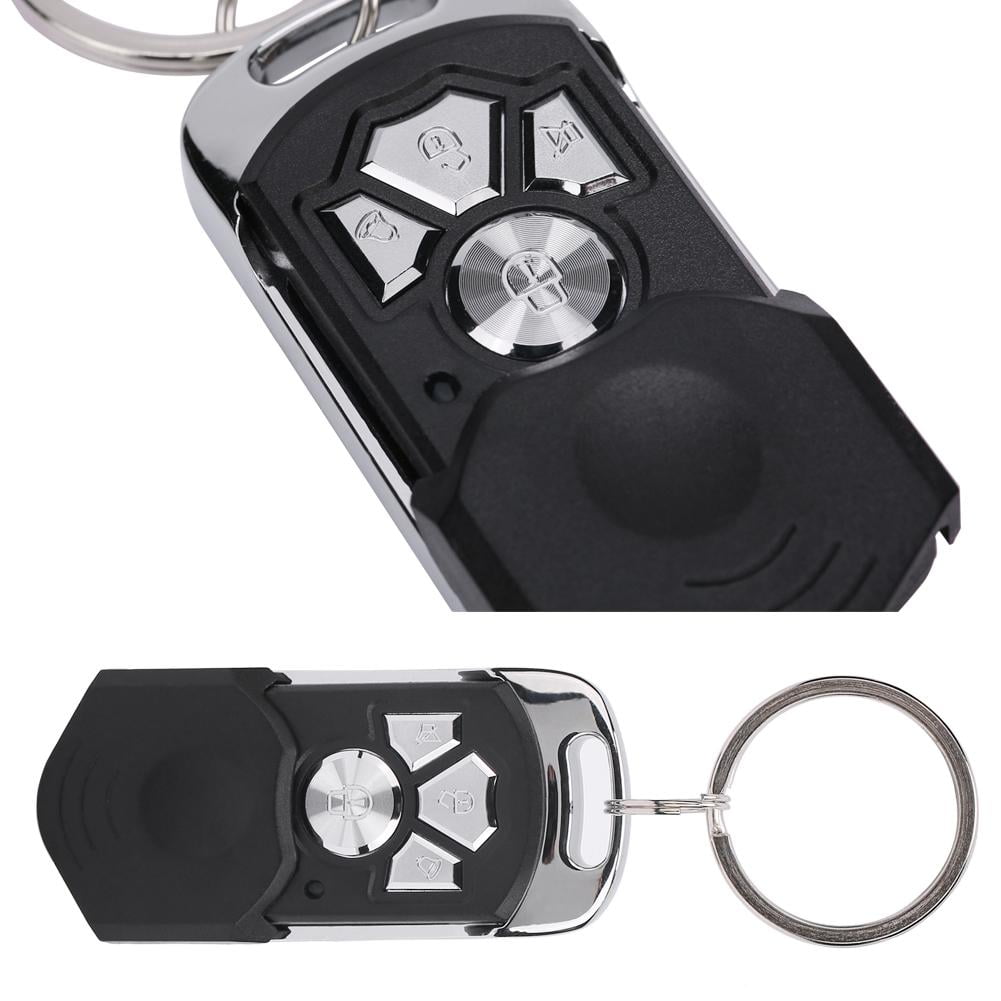

- Power prompter register key full#
- Power prompter register key software#
- Power prompter register key windows#
In the following image, the first attempt to create a test registry key fails because it already exists.

Power prompter register key full#
Include the full path to the registry key to create.Just the steps: The short way to create a new registry key New-Item -Path HKCU:\Software -Name test –Force Because the command uses the Force switched parameter, the command overwrites the HKCU:\Software\test registry key if it already exists. Because the command includes the full path, it does not need to execute from the HKCU drive. The following example creates a new registry key named test in the HKCU:\Software location.
Power prompter register key windows#
For more information about this, see my Microsoft Press book, Windows PowerShell 2.0 Best Practices. IT pros who open the Windows PowerShell ISE first, and think about the design requirements second, become easily stymied, or else write-in problems.
Power prompter register key software#
Software developers are very familiar with these types of decisions, and they usually deal with them during the analyzing requirements portion of the development lifecycle. Note How you choose to deal with an already existing registry key is one of those design decisions that confront IT pros who venture very far into the world of scripting. If you want to overwrite the registry key, use the Force parameter. If the registry key already exists, an error generates. In fact, it is not even necessary to use the Test-Path cmdlet to determine if the registry key exists. It is not always necessary to change the working location to a registry drive when you create a new registry key. The short way to create a new registry key The commands and the associated output from the commands are shown in the following image: It illustrates each of the five steps previously detailed. The following example creates a new registry key named hsg off the HKEY_CURRENT_USERS software registry hive.
/cloudfront-us-east-2.images.arcpublishing.com/reuters/VBXV577TVFLNDAVTT56LZ75QPY.jpg)

For information about backing up your registry, see article 322756 in the Microsoft Knowledge Base. Therefore, it is important to back up your system prior to attempting to make any changes. Serious problems could arise if you edit the registry incorrectly. Note The registry contains information that is vital to the operation and configuration of your computer. Today I am happy to provide you with an excerpt from my book, Windows PowerShell 3.0 Step by Step, published by Microsoft Press. Microsoft Scripting Guy, Ed Wilson, is here. Summary: Use Windows PowerShell to create and manage registry keys.


 0 kommentar(er)
0 kommentar(er)
